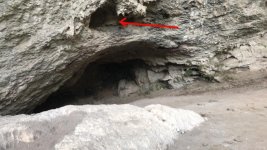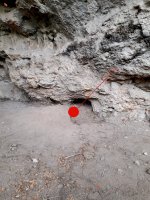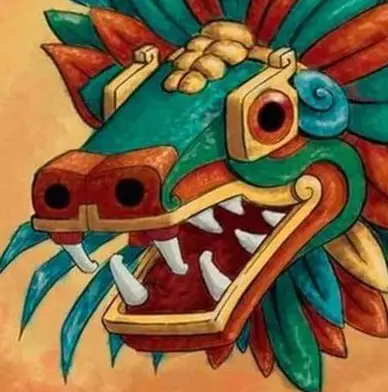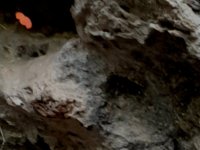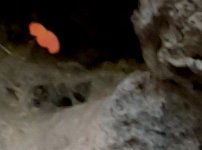Ultra
Tenderfoot
Hi everyone, i'm posting this pics for practice.... what did you see? if there is something buried or not? if yes, what it is and were it is? ahhh and the orange dots at the upper left corner of one of the pics can only be seen in the photo that it was taken at the cave entrance and there is no way that was caused for indirect sunlight reflection and the flash was off.
The pic is from the same place, the main cave...


The pic is from the same place, the main cave...


